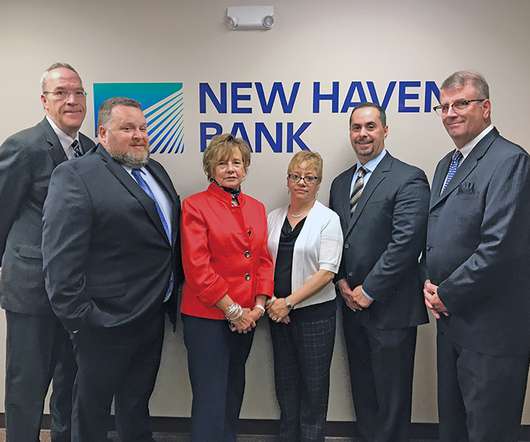Fighting Digital with Digital
Independent Banker
FEBRUARY 24, 2016
The quickness with which these Wall Street-driven nonbank lenders—variously called peer-to-peer, online marketplace or financial technology (FinTech) lenders—can fulfill borrowers’ requests has enabled alternative lending to double every year since 2010. FDIC-insured deposits largely solve this problem for banks.














Let's personalize your content